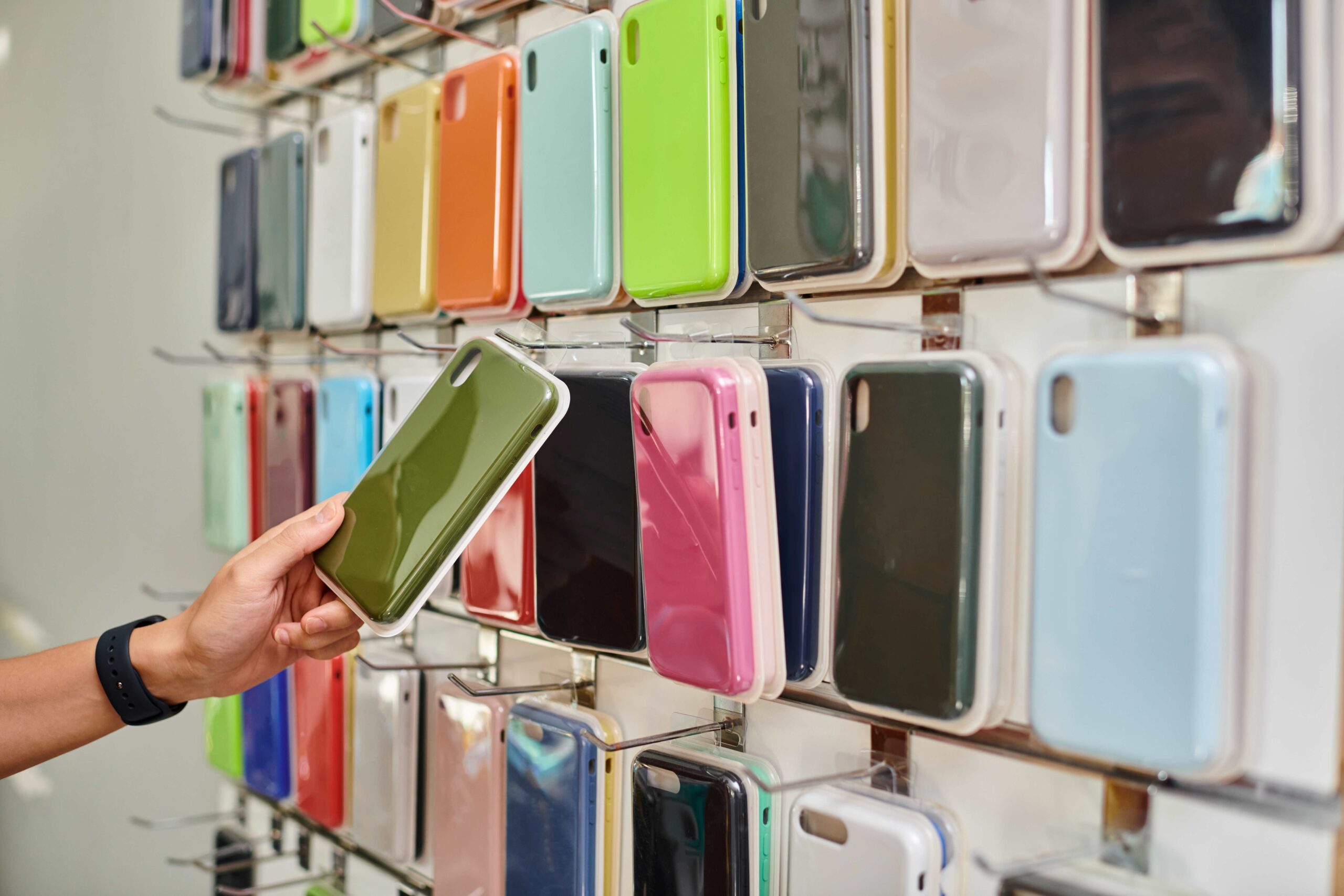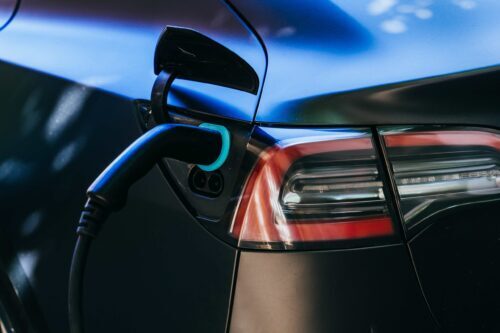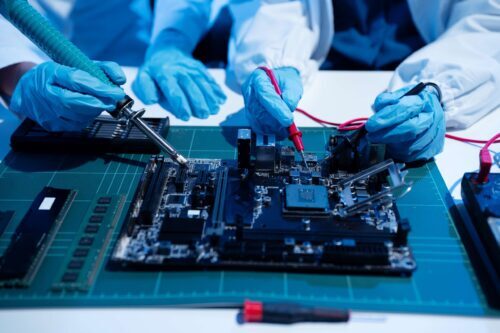
The price of flagship smartphones is steadily catching up with the cost of renting an apartment. Yet a growing number of users proudly wear their devices “naked.” No cases, no protective glass—just metal, glass, and bravery. Is this a new aesthetic or a shortcut to cracking?
In recent years, the technology industry has made huge strides forward in durability. Materials experts, engineers, and designers have worked to turn glass, one of the most vulnerable elements, into a protective barrier. But is it really enough to forgo the extra protection?
Phone Glass that Has Been Through Fire and Water
If your smartphone was released in recent years, chances are its screen is Gorilla Glass or Ceramic Shield. These aren’t just pretty names: there’s complex engineering behind them. The glass is immersed in a bath of molten salts, allowing lithium ions to be replaced with larger potassium ions. The result is microscopic compressive stress, an invisible “armor” that protects the screen from cracks and chips.
Tests in the laboratories of Corning, the company behind Gorilla Glass, are going full steam ahead. Their phones are beaten against concrete panels, scratched with keys, and subjected to vibrations, simulating falls on asphalt and impacts on tiles. New generations of glass can withstand a two-meter drop. Insurance company statistics confirm it: the number of damages is decreasing.
But do these advances really mean that covers are no longer needed?
A Symbol of Cowardice or Common Sense?
The market for smartphone accessories shows no signs of slowing down. It’s estimated that the global case market will exceed $25 billion in 2025. Manufacturers continue to offer hundreds of options from reinforced models with military-standard protection to transparent, minimalist overlays.
Why? The answer is simple: psychology. People are afraid of loss. A new iPhone is a 1000+ dollar investment. And loss due to a fall on concrete is not an abstract risk, but a tangible threat.
Plus, the manufacturers themselves are giving mixed signals. Apple, for example, claims its devices are more durable than any other smartphone, but will happily offer a leather case for $49. It’s like a car commercial that ends with “and here, an insurance program.”
Why Take the Risk at All?
Users have different reasons for not having cases. For some, it’s aesthetics. The device is created as a design object, and hiding it under a layer of plastic is like wrapping a sofa in cellophane. For others, it’s an expression of confidence: “I can afford to replace my phone if it breaks.” In some circles, not having a case is seen as a status symbol.
There’s an unexpected twist: not having a case can change the owner’s very behavior. Without the usual barrier, the phone seems more fragile and “alive,” which means it’s less likely to be picked up unnecessarily. Some users even report becoming less dependent on the gadget, consciously interacting with it.
Who Benefits from Fragility?
Even if modern phones have gotten stronger, they’re still not invulnerable. Glass manufacturers openly admit: any glass can be broken. It all depends on the angle of impact, the surface, and sheer luck. In labs, phones survive 100 out of 100 falls. But in life, there’s always that angle.
So, not using a case is not a question of technology but of attitude to risk. It’s a choice between aesthetics and economy, between trust in engineering and fear of reality.
So, does a smartphone need a case in 2025? Technically, no. Practically depends on your pain threshold. Smartphones are withstanding more than ever. But if every drop makes you wince, maybe $20 for a silicone cover isn’t such a big price to pay for peace of mind.
Five things to keep in mind if you want to forgo a case:
- Your smartphone really is tougher than it looks, but it’s not immortal.
- A fall from the hip most often won’t result in a break. But a pebble underneath is another matter.
- A cover is not only protection, but also cushioning for slips and accidental bumps.
- Manufacturers offer durability but no guarantee.
- The safest phone is the one that doesn’t fall. And that depends on you, not the case.
So what? To case, or not to case? The main thing is that the choice should be conscious.






